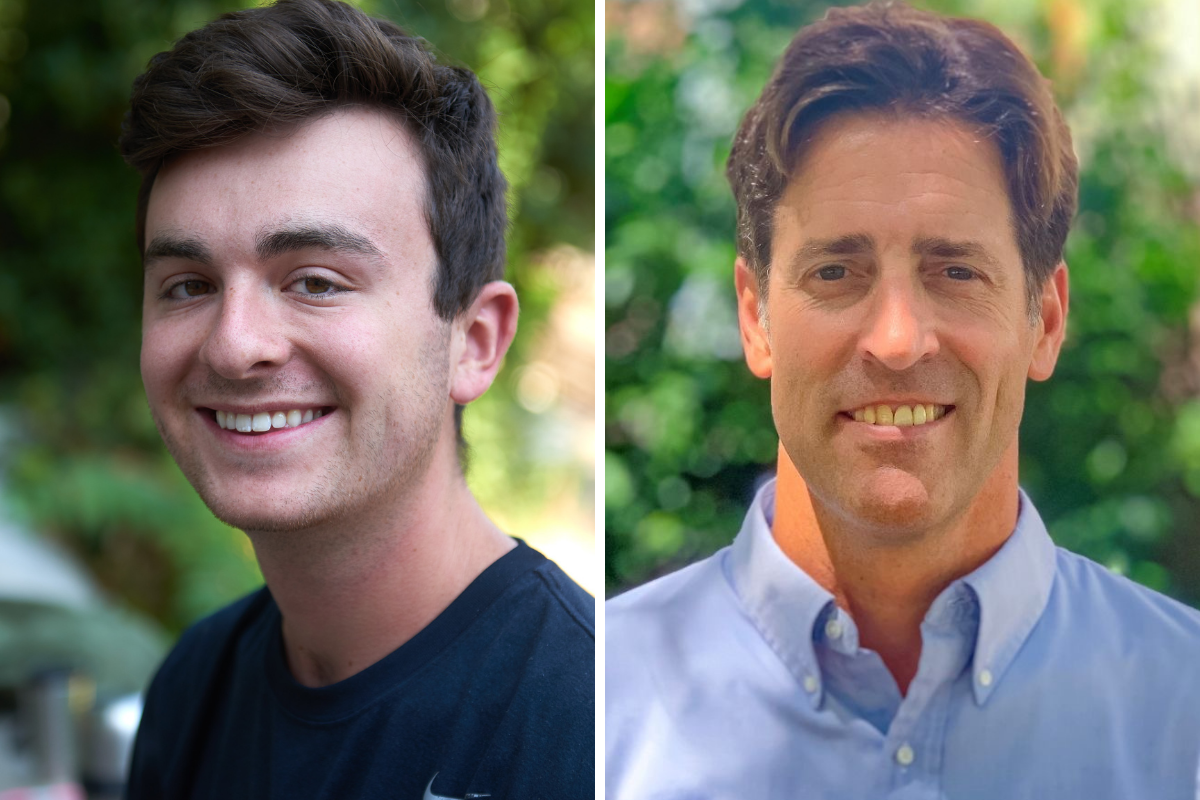
By Michelle Jaffee
A new mouse-model study by University of Florida neuroscientists found that optogenetic technology, which uses light to turn cells on or off, could be used to elicit breathing movements from a paralyzed diaphragm. The findings were reported in April in Scientific Reports, a Nature Portfolio journal.
Activation of the diaphragm, the primary muscle used for inspiration, is commonly impaired in many neuromuscular diseases and spinal cord injury. In the new preclinical study, led by Ethan S. Benevides, a graduate assistant in UF’s department of physical therapy, and David Fuller, Ph.D., a professor of physical therapy and associate director of UF’s Breathing Research and Therapeutics Center, researchers showed that optogenetic technology could be used to spur functional muscle activity in a paralyzed diaphragm.
The team used an adeno-associated virus, or AAV, to “drive” expression of a light-sensitive protein within muscle fibers of the diaphragm. They then applied optogenetic light pulses that elicited activity of the diaphragm resembling rhythmic breathing on electromyography, or EMG, a test that measures electrical activity in muscles and nerves that control the muscles.
“These results open up new avenues for therapeutic targeting of partial or full paralysis of the diaphragm,” Fuller said. “This is important because diaphragm dysfunction and impaired breathing is a substantial problem in many medical conditions, such as spinal cord injury.”

